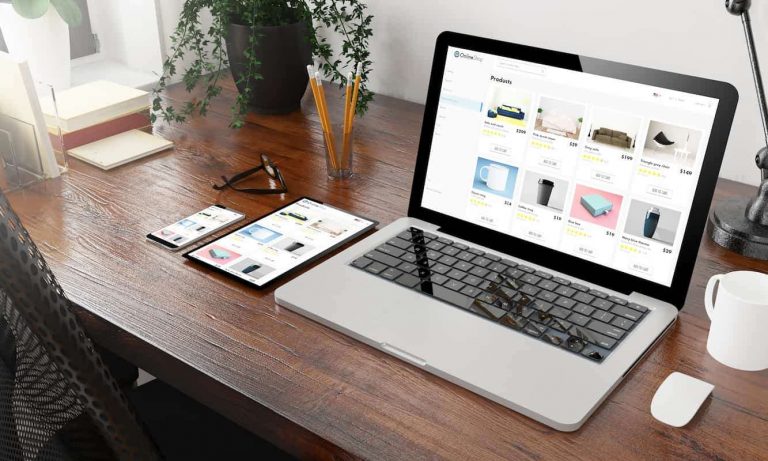
What Is Testing A Product
Using different ways to test a product helps to give clear direction during all stages of development. For example, your team might use concept testing to see if a product idea is good, QA testing to ensure it works as expected, and A/B testing to see how it looks. During the product development process, your team will benefit from the following tips regarding testing. They might also use QA testing to check a product’s updates or new features before releasing them to the public.
Firms use testing to fine-tune their designs and production processes to cut production costs. Detecting problems early in the product development cycle lowers the cost of correcting such issues. Testing a product for quality before releasing it to the market might save firm money on warranty payments and possibly legal fees. It may also contribute to a reduction in the demand for after-sales support. Consumer product testing is a powerful strategy to gain real, actionable insights about your product directly from your customers and target audience.
Component tests
Furthermore, it can inform QA engineers what actions to take and what kind of feedback developers are expecting. Spike testing in a production environment helps evaluate the software performance in extreme situations, such as a sudden load increase or decrease. Its purpose is to determine how much user traffic the product can handle before crashing.

You might also want to include screener, category, and demographic questions in your survey. These questions tell you more about the people you’re collecting feedback from and let you segment your results by group. The relative value of each metric you measure depends on your goals for the product. If you want a product that will sell well, purchase intent may be the most important metric for you. If your main goal is to win loyal customers, you’ll likely place more importance on quality. A monadic survey design divides up your respondent pool and presents each respondent with a survey asking for feedback on a single stimulus.
Product Testing Process and its Types The Ultimate Guide
Once developers release the software, they start observing how end users interact with the product. They usually use customer feedback tools such as Mopinion to gather data efficiently. Testing in production lets you observe and monitor the system via real user feedback.
Product testing is crucial to measuring the success of your product ideas, product functionality, and product changes. Brand marketing managers can use this toolkit to understand your target audience, grow your brand, and prove ROI. Once you’ve collected your survey responses, you’re ready to compare your product concepts. You can use Top 2 Box scores to make your data clearer and your findings more pronounced. It groups together positive and negative responses to each question into a single percentage, which is easier to compare. To make the testing process more manageable for you and your respondents, limit the number of stimuli in your survey.
You should use static application security testing (SAST) early in the SDLC. A step up from unit testing is integration testing, which combines individual components and tests them as groups. Integration testing identifies issues in how the individual components interact with each other to see if the code meets definition of testing all its functional specifications. By now, you know how impactful product testing can be when developing a new product and the steps involved in designing a product testing plan. Depending on your approach to product testing, the following step-by-step guide can be applied to both Alpha and Beta testing.
Testing in production is a crucial supplement to a software testing strategy. Doing so helps the team learn how the system works with real users, data, and requests. User testing involves getting end users and customers to test and evaluate a product, feature, or prototype. Test subjects use the item and identify various pain points and positive attributes so that businesses can enhance their user experience before going to market. You can use a free tool like Typeform to collect product concept feedback, then use it to send a prototype out for testing. Be sure to ask no more than 30 questions per product concept test or you’ll risk people dropping out of your survey.

The process of software testing aims not only at finding faults in the existing software but also at finding measures to improve the software in terms of efficiency, accuracy, and usability. After analyzing the benefits and types of testing in production, it’s time to learn some tips and tricks to improve your work further. For example, when releasing new features, QA engineers perform testing in production to check whether the software functionality works properly. Then, they use several analytic tools to execute the A/B testing and gather customers’ feedback.
- The specific types of product testing will vary depending on the product being developed and the testing goals.
- This way, developers can also learn more about customers’ needs and create products that meet their expectations.
- They test how different components interact with each other and can be fully automated.
- Product testing may boost sales by increasing interest in a product by presenting testing findings in marketing materials.
- Customers will have higher trust in a product that has been tested, especially if a third party conducted the testing.
As a bonus, if you test your product with different segments of consumers, you’ll not only learn more about how the product works, but how different end categories of customers use it. Finally, leverage smart analysis — including concept testing and conjoint analysis — to incorporate and act on user feedback at every stage and launch your products with certainty. From question format to flow and funneling, the way your product testing survey is designed will directly influence the quality of data you collect. Make sure the tools of your trade are as carefully crafted as your product experience. To get the right insights from your product testing surveys, you have to use the right tools, strategies, delivery methods and questions.

